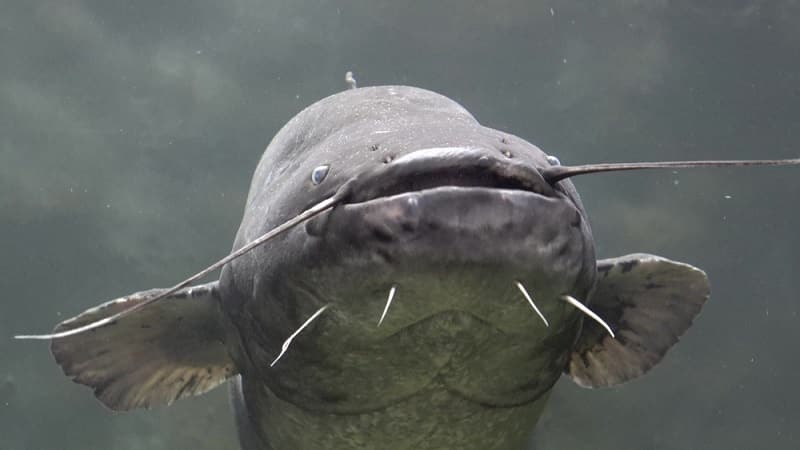
Catfish Whiskers
Before heading out onto the lake to find a trophy fish that will trump the one a father has above his mantel, it is important to take the time to learn about the fish. This includes learning about the anatomy of catfish. Catfish whiskers are one of the most misunderstood parts of the body. For example, most people think that their purpose is for protection and that this is how they sting people. Read on to learn whether this is true, and to discover more about catfish whiskers.
Not Always Called Whiskers
Catfish whiskers extend from their faces, much like those seen on a kitten, hence the nickname. These are not always known as whiskers, however. In the world of catfishing, they are also known as barbels.
What is Their Purpose?
Catfish whiskers are full of tiny taste buds to help fish seek out their food. Most catfish prefer the depths of a lake where visibility is low. They are also readily found in murky waters. Because of this, their eyesight is not always helpful in them locating food. It makes the taste buds and small olfactory sensors that can be found on their whiskers essential for them to both survive and thrive.
Stinging
The myth that catfish sting is a common one. Most people are under the impression that when a person has a small piece of the spiny part from the dorsal or pectoral fin puncture their skin that they have been stung. Likewise, most people also believe that catfish whiskers have the potential to sting people. Neither of these is true. Catfish do not sting, and their whiskers are harmless. A person could easily touch the whiskers on a catfish, and it would feel just like touching the whiskers on a kitten.
Sense Changes in Environment
For years, scientists were under the impression that barbels helped catfish to find their way in the dark, but recent studies have revealed that this has more to do with their barbels than just the taste and smell receptors on their whiskers. Some fish, like the Japanese Sea Catfish, also use receptors found on their barbels to find prey by sensing the change in the pH level in the water. When their prey breathes, it releases more carbon dioxide into the water, and the fish can sense that. They can then follow this to find their dinner.
How Many Do They Have?
Catfish have a total of eight barbels. These can be found around the mouth, protruding from the chin and there are two that protrude directly from the corners of the mouth. This number usually does not vary when it comes to different species of catfish.
When it comes to surviving in the dark, catfish are among one of the best. Catfish whiskers give them an advantage over other fish, and their prey when visibility is low or non-existent. This is one of the man reasons why catfish continue to thrive so well in dark or murky waters. Their natural predators are unable to see them, but they can find their prey just fine.
Related Video:
